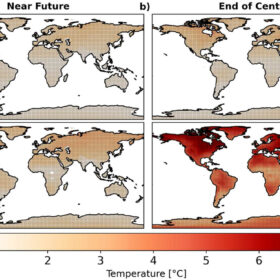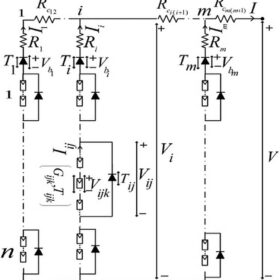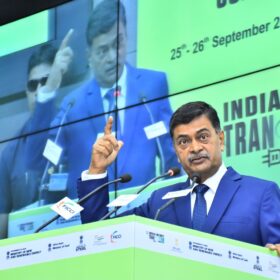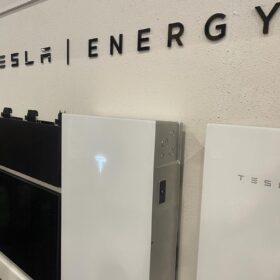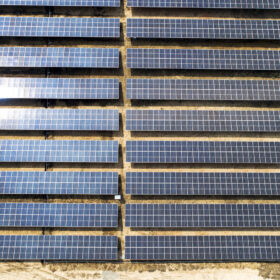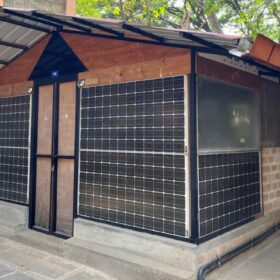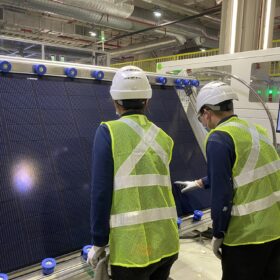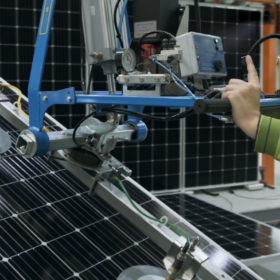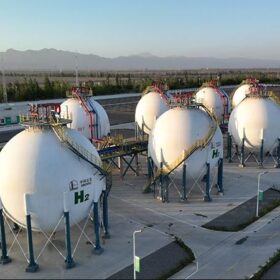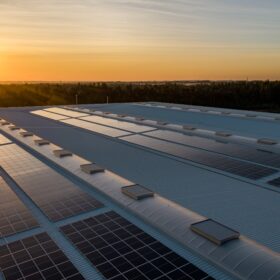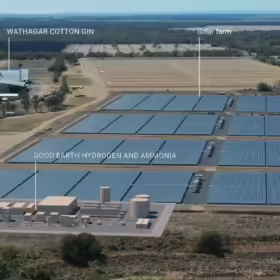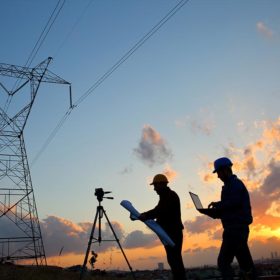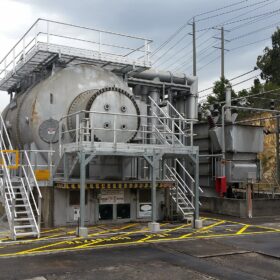Solar productivity negatively impacted by emissions and aerosols, study finds
A study by engineers at UNSW, published in the Renewable Energy journal, shows that aerosols and greenhouse gas emissions reduce the productivity of photovoltaic installations and that this differs according to the global region.
Novel algorithm estimates global maximum power point in partially shaded PV systems
Developed by scientists in India, the global maximum power point (GMPP) technique is based on the voltage and current of strings in a PV array. The research group tested it in computer simulation, as well as through an experimental setup.
India’s green hydrogen will be cheapest in the world, says power minister
Already 5.8 million tonnes of green hydrogen manufacturing capacity is in different stages of installation in India, said power minister R.K. Singh at a summit in New Delhi recently.
Tesla proposes battery storage factory in India
Tesla has submitted a proposal to the Indian government to set up a Powerwall battery storage factory in India.
Indian scientists making high-purity polysilicon ingots from recyled PV cells
Indian scientists have produced high-purity polysilicon ingots from recycled solar cells using “spark plasma sintering” (SPS), and claim they may achieve a purity level comparable to commercially available products.
India’s solar installations hit 6.8 GW in H1
India installed 6.8 GW of solar capacity in the first half of 2023, down 15% year on year, according to JMK Research.
End-of-life PV panels used as building material
Scientists in India have proposed using solar modules at the end of their lifecycle as a building material for low-cost small housing units. With solar module recycling currently not viable economically, the researchers said their approach makes conventional solar panels into BIPV products without any modifications.
International energy giants look to kickstart new era in Australian manufacturing
Brookfield’s bold ambitions for Australia have reached a new level with the global asset manager inking an agreement with India-headquartered multinational Reliance Industries to explore the production of solar panels, long-duration battery storage, and other renewable energy equipment in Australia.
Australia invests $50 million to expand clean energy supply chains
The Australian government has committed $50 million to support the development and diversification of clean energy supply chains in the Indo-Pacific as it seeks to increase manufacturing opportunities and enhance energy security in the region.
The Hydrogen Stream: China starts world’s biggest solar-to-hydrogen site
China’s Sinopec has switched on the world’s largest solar-to-hydrogen project in Xinjiang, while India has unveiled a new plan to incentivize green hydrogen and electrolyzer production.
